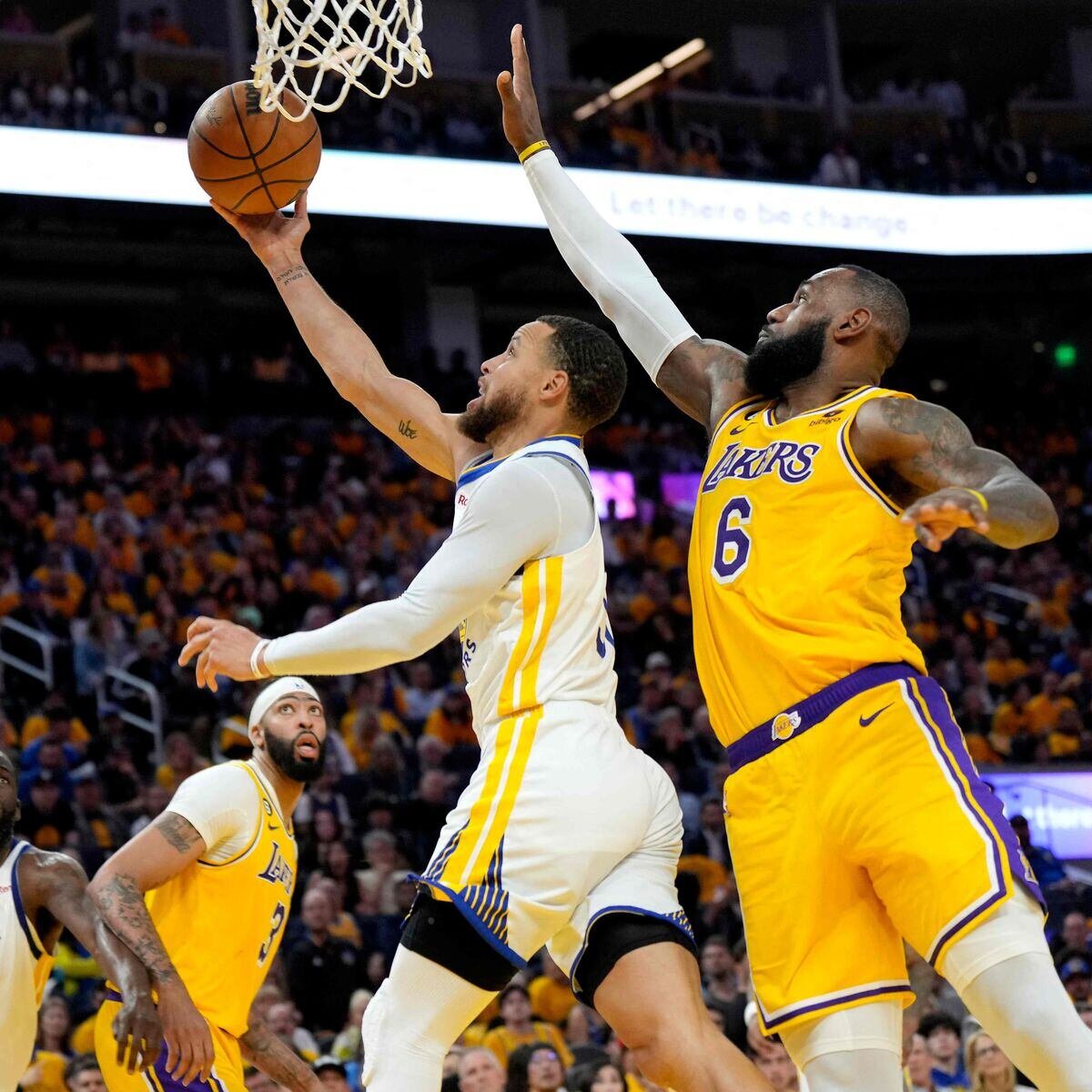
Picking Cherries: 7 NBA stats that have stood out this season

We’re two weeks into the 2023-24 NBA season, which is far too early for broad pronouncements but not too early for a statistical deep dive into some numbers that stood out to us. Put your wetsuits on.
52
Shaedon Sharpe, a sophomore for the Portland Trail Blazers, has been assisted on 52% of his made baskets this season, down from 67% last season. This drop, combined with Sharpe’s increasing points per game (20.1 PPG, up from 9.9 last season), allows us to deduce a few things.
First, it demonstrates that Sharpe’s role has grown significantly, which we expected. Sharpe was the obvious next man up in terms of shot attempts with Damian Lillard gone and Anfernee Simons sidelined for a few months due to an injury. And the 20-year-old isn’t afraid to take shots, attempting more than 15 per game.
Second, it demonstrates that Sharpe is receiving his own buckets. His ability to create on his own is one of the main reasons he was selected seventh overall in last year’s draft despite having never played college basketball, and he’s starting to turn that potential into a real skill on a nightly basis.
That’s how many minutes Los Angeles Lakers big man Anthony Davis has played per game this season, a career high. While that number will almost certainly decrease as the season progresses (we don’t think Darvin Ham wants to run AD into the ground during the regular season), it’s still a good sign that he can play that many minutes per night.
Davis is also making the most of his playing time. He leads the league in blocks per game (3.3) and has a 42.9 percent three-point shooting percentage. Perhaps more importantly, he is averaging just one three-pointer per game! That’s a fantastic figure!
100.7
The Minnesota Timberwolves have the league’s best defensive rating. This would be the best DRTG in the NBA since the San Antonio Spurs finished the 2015-16 season with a mind-boggling 98.2 DRTG.
Is Minnesota the best defense in nearly a decade? Probably not, but they have the potential to be elite defensively, as evidenced by their performance over the first two weeks. Rudy Gobert is blocking 2.4 shots per game, which is much closer to his career average (2.1) than his 1.4 blocks per game last season.
Surrounding Gobert is a healthy Jared McDaniels (who solidifies any defense), a 36-year-old Mike Conley (who has lost a step but still provides intelligent play on both ends), Nickeil Alexander-Walker (who is blocking shots like a madman, with a 2.7 block percentage), and budding (budded?) superstar Anthony Edwards (who is as bought in defensively as he has ever been).
50
That is Tyrese Haliburton’s current AST%. Seriously. If an Indiana Pacers player makes a shot, Haliburton has a 50/50 chance of assisting. Sustainable? Perhaps not. But I am confident in naming Haliburton a top-three facilitator in the league, and he could easily move up to No. 1 if his game continues to improve at the same rate it has in his first few seasons.
Of course, Haliburton has flash in his game:

But, like all great distributors, some of his best passes don’t even result in assists, as evidenced by this cross-court dime against Charlotte last Saturday:
The first figure represents the number of assists Chris Paul receives for each turnover he commits. Paul’s facilitation remains elite, and the Golden State Warriors’ second unit benefits greatly as a result. God continues to exist.
The second figure, on the other hand, is Paul’s three-point percentage this season. Paul is currently struggling to score on a consistent basis.
Dario Saric has been a pleasant surprise off the bench for Golden State, while Jonathan Kuminga averages nearly 13 points per game and Gary Payton II shoots the ball well. When Paul is distributing at an elite level like this, everyone plays better.
81.0
Mark Williams’ field goal percentage after six games is this. The Charlotte Hornets’ second-year big man appears to be the big rim presence the team has sorely needed in recent years.
Williams was a solid starter down the stretch of last season, and he appears to have refined nearly every aspect of his game in year two.
Williams was widely regarded as a defensive force with limited offensive ability as a prospect. Williams, on the other hand, appears to get more comfortable on the offensive end with each game, as evidenced by a career-high 27 points on November 4.

Leave a Reply